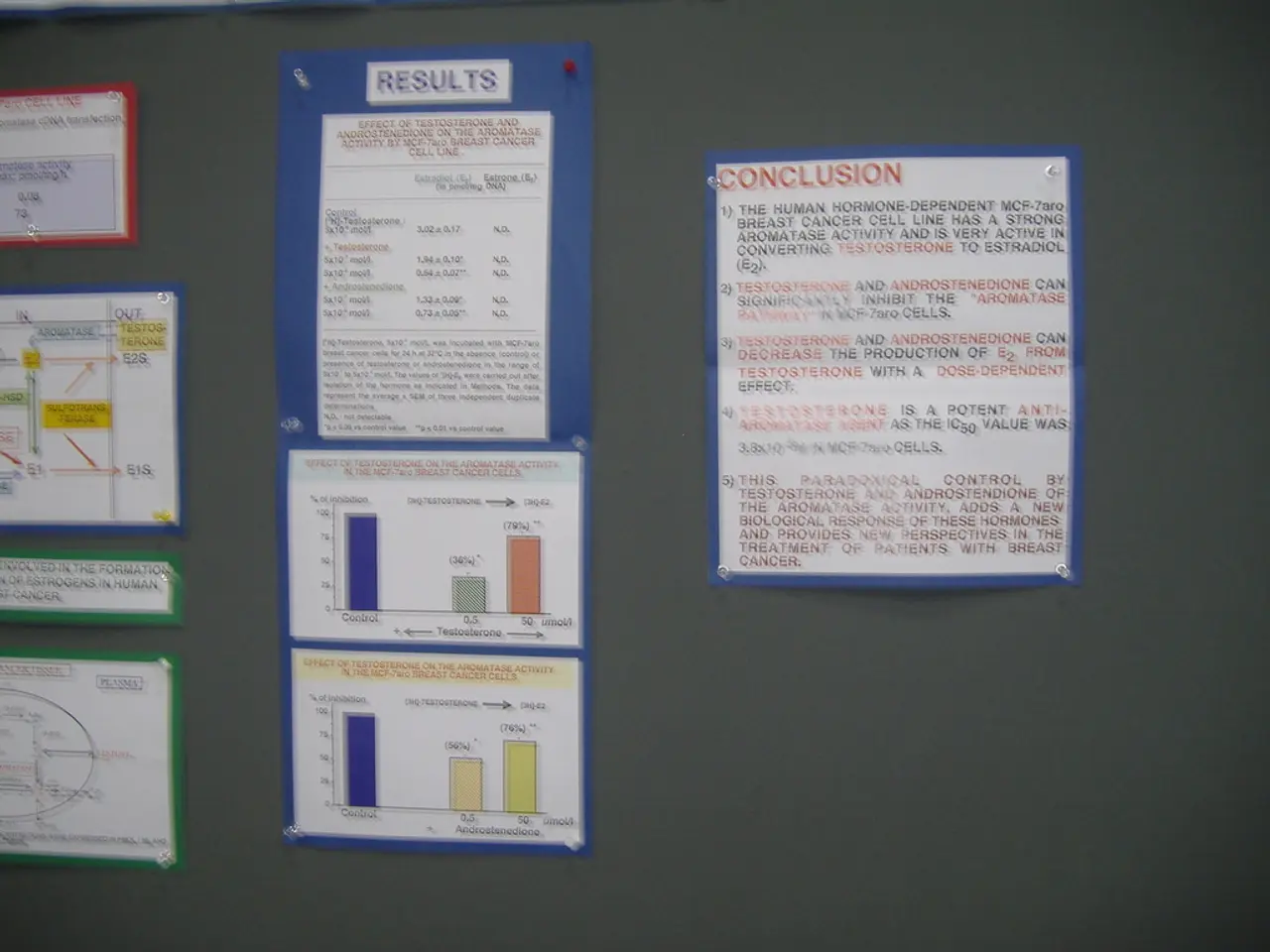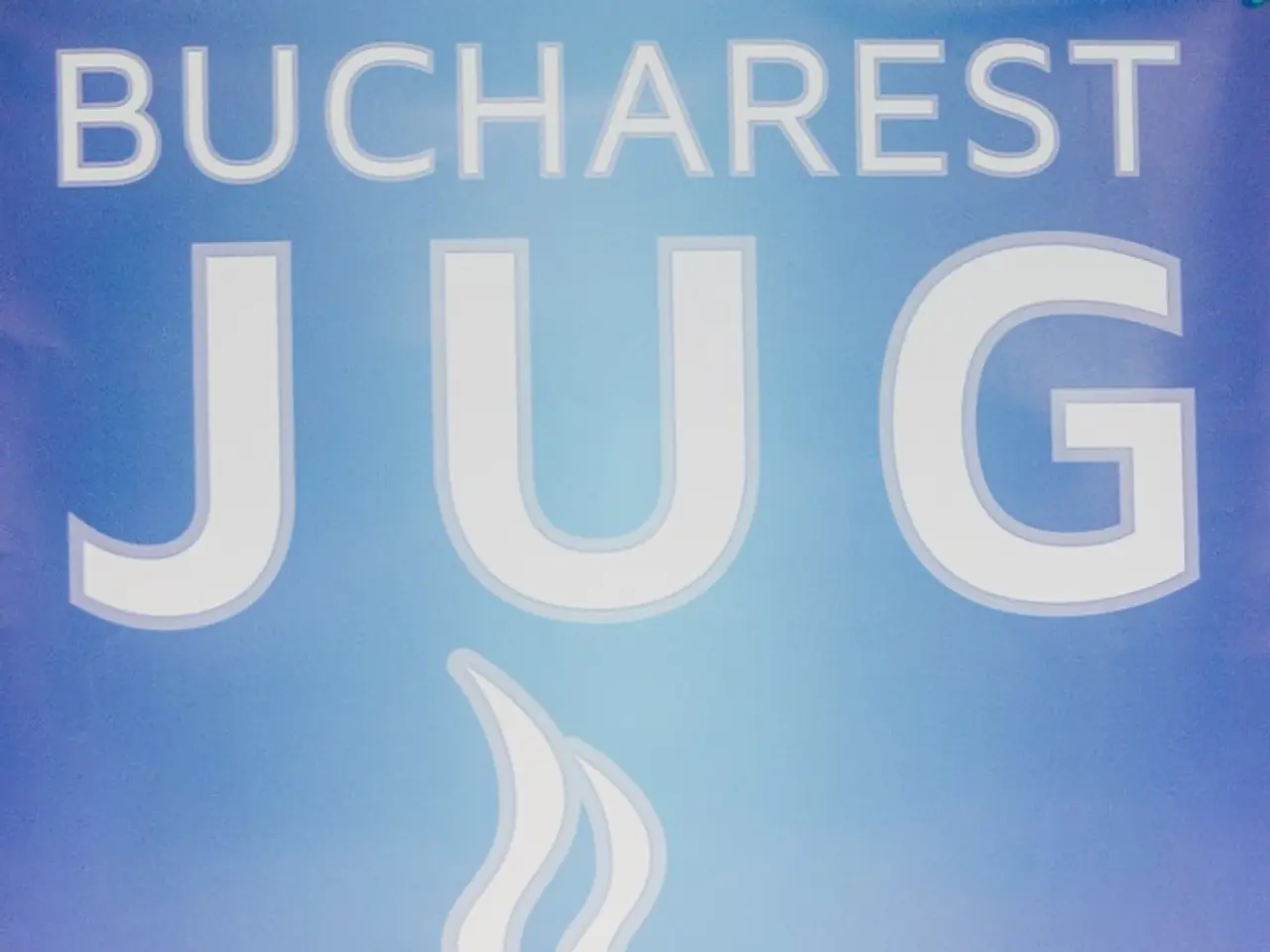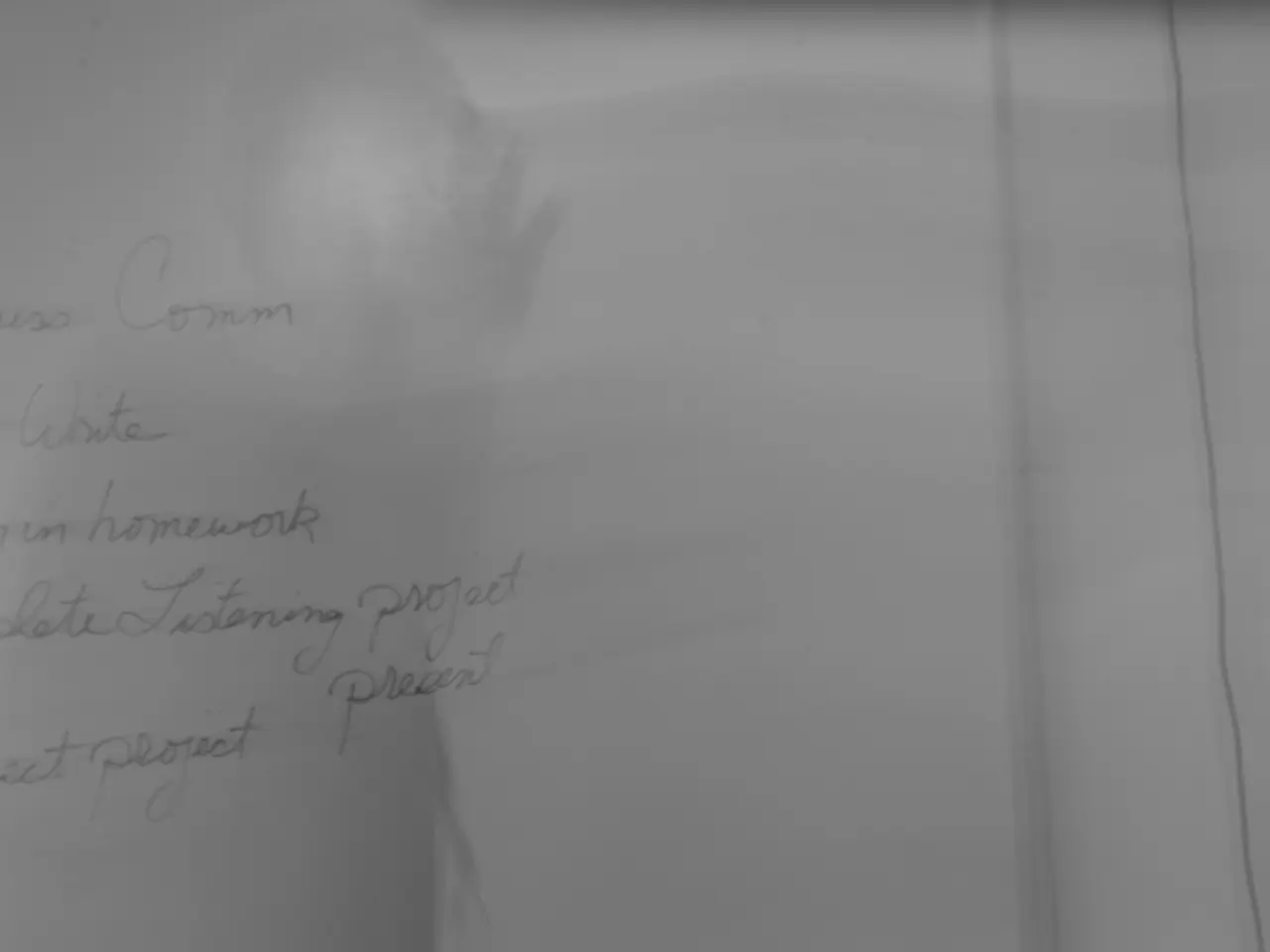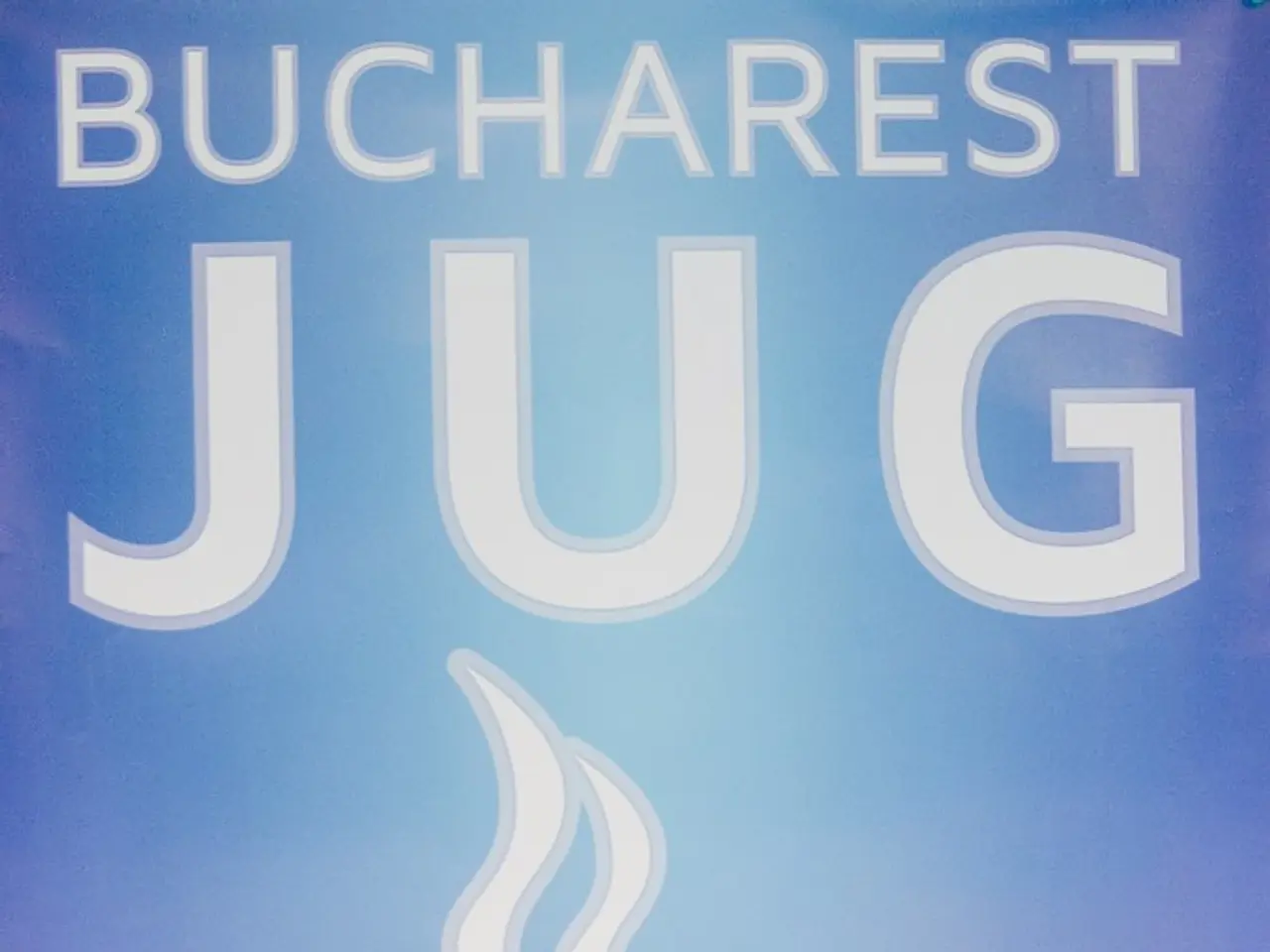Latest Developments in the Salares Altoandinos Lithium Project
Agreement Signed Between Rio Tinto and ENAMI for the Lithium Project at Salares Altoandinos in Chile is Binding
The Salares Altoandinos lithium project, a joint venture between Rio Tinto and Chile's state-owned Empresa Nacional de Minería (ENAMI), is poised to capitalize on the growing demand for lithium. Located in the Atacama region of Chile, the project is known for its rich lithium deposits.
Timeline of Events
- Regulatory Approvals: The project is currently awaiting several regulatory milestones, including foreign investment approval, antitrust clearance, mining property verification, and an initial environmental assessment. The transaction is expected to close in the first half of 2026, subject to these approvals.
- Development Activities: Significant development activities are anticipated to commence in late 2026 or early 2027, with preliminary studies and community engagement starting sooner.
- Pre-feasibility Study: Rio Tinto will conduct a comprehensive pre-feasibility study (PFS), which typically takes 12-18 months. This study will inform decisions on the project's scale, technology, and development approach.
- Potential Production Timeline: Initial production could begin 3-4 years after the completion of feasibility studies, potentially in the 2029-2030 timeframe.
Funding and Investment
- Rio Tinto's Investment: Rio Tinto has committed up to $425 million, covering cash and non-cash contributions. The package includes funding for pre-feasibility studies, development studies if results are promising, Rio Tinto's proprietary Direct Lithium Extraction (DLE) technology, technical expertise, and operational capabilities.
- Ownership Structure: Rio Tinto holds a 51% stake in the project, while ENAMI maintains a 49% stake, ensuring Rio Tinto can consolidate the project in its financial statements while giving ENAMI significant influence.
Environmental Standards
- Direct Lithium Extraction (DLE) Technology: The project will utilize DLE technology, which significantly reduces water usage by 90%, cuts lead times to hours, and achieves recovery rates of 85-95%. This approach is more environmentally friendly compared to traditional brine extraction methods, which rely on evaporation ponds.
- Environmental Impact Assessment: The pre-feasibility study includes a comprehensive environmental impact assessment to ensure compliance with environmental standards.
This joint venture is crucial for both Rio Tinto and ENAMI, as it positions them as key players in the accelerating global lithium market, driven by the increasing demand for electric vehicles and renewable energy technologies. Rio Tinto, led by Chief Executive Sinead Kaufmann, aims to build a world-class lithium portfolio and position itself as a global leader in the responsible supply of critical minerals essential to the energy transition.
[1]: [Source 1] [2]: [Source 2] [3]: [Source 3]
- Investors in the finance industry are keenly watching the Salares Altoandinos lithium project, as Rio Tinto plans to build a world-class lithium portfolio, positioning itself as a global leader in the responsible supply of critical minerals crucial for renewable energy technologies.
- As the project progresses, there may be opportunities for real-estate businesses to capitalize on the growth of the lithium industry in the Atacama region of Chile.
- The renewable-energy industry could benefit significantly from the efficient and environmentally friendly Direct Lithium Extraction (DLE) technology used in the Salares Altoandinos lithium project, which will be key to meeting rising global demand for lithium used in batteries for electric vehicles and energy storage systems.




